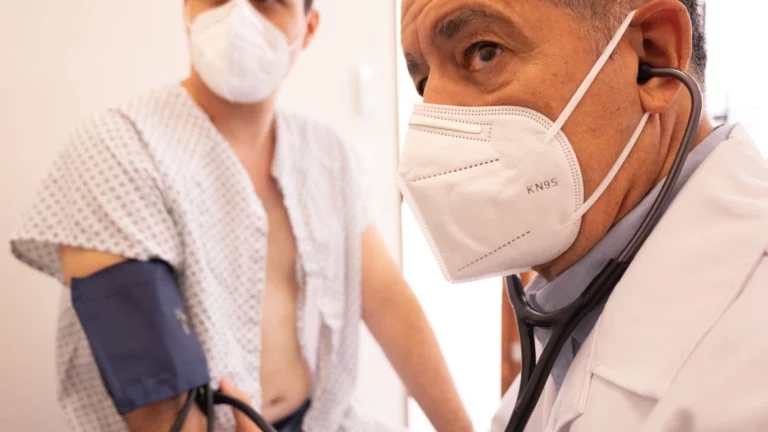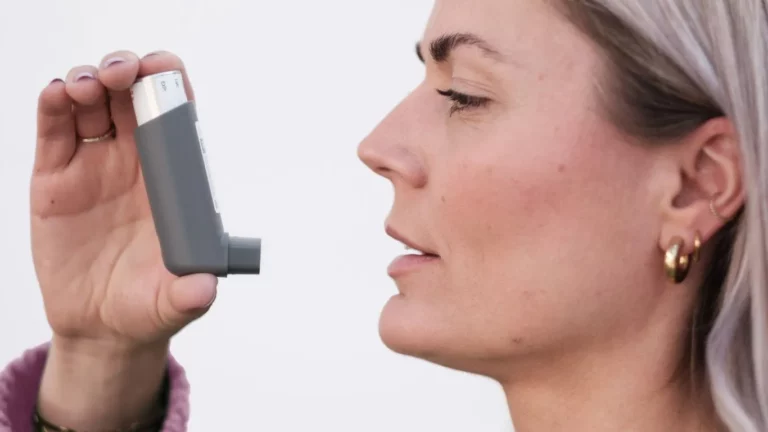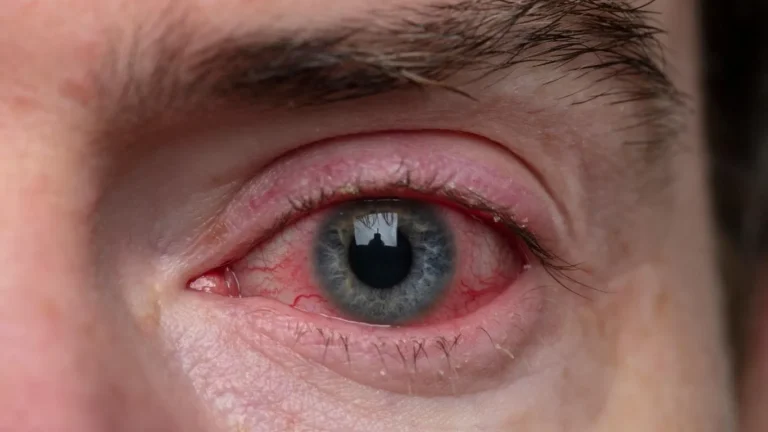Best Post-Workout Recovery Tips for Arthritis That Actually Work
If you’ve ever wrapped up a workout only to feel like your joints are staging a protest rally, you’re not alone. As a Rheumatology nurse practitioner, I’ve had countless patients ask me what the best post-workout recovery tips for arthritis really are. And not just textbook advice—real-life, doable strategies that actually help. So, I’m diving into what works, what doesn’t, and what I personally recommend to my patients (and use myself on those creaky-joint days!).
Understanding How Arthritis Responds to Exercise

Let’s bust a myth real quick: exercise is not the enemy when you have arthritis. In fact, the right kind of physical activity can help reduce inflammation, improve joint mobility, and even boost mood. But the recovery part? That’s where the magic really happens—or doesn’t, if we’re not intentional.
I’ve seen so many patients dive into new routines full of motivation, only to get sidelined by soreness, swelling, or straight-up fatigue. Recovery is where you support your body’s healing and reduce the risk of flares. And that’s what we’re focusing on here—making sure your body thanks you after you move it, instead of punishing you.
Why Post-Workout Recovery is Non-Negotiable for Arthritis
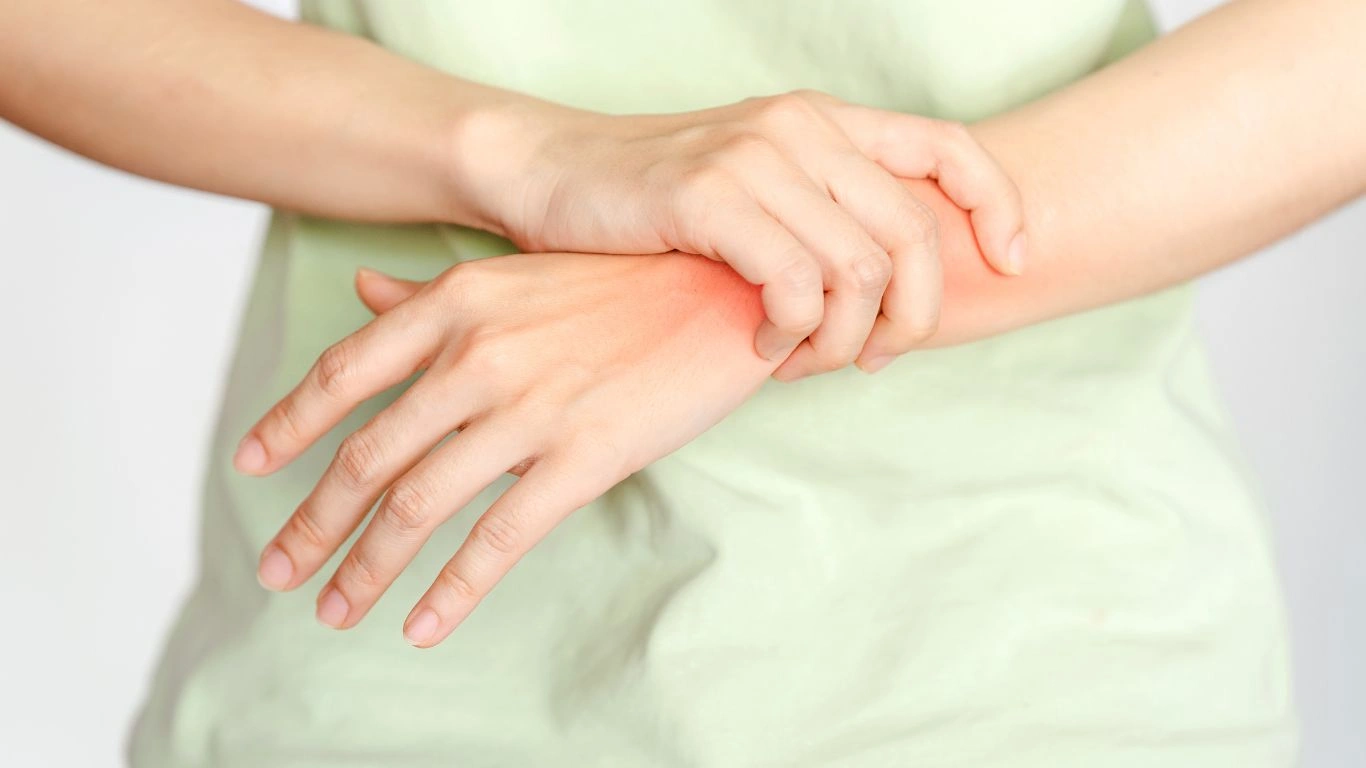
If you’ve ever thought “I’ll just push through the pain,” I want you to pause. Post-exercise recovery isn’t just for elite athletes or gym bros—it’s essential for anyone managing arthritis, especially inflammatory types like RA or psoriatic arthritis. The joints need time and help to cool down, especially when there’s chronic inflammation involved.
Skipping recovery can actually lead to:
- Increased joint stiffness the next day
- Higher risk of joint flares
- Muscle fatigue that sets off pain cycles
- Sleep disruption (yep, pain wakes you up!)
So instead of brushing off soreness or blaming it on “aging,” let’s look at ways to support recovery that feel good, respect your joints, and help you stay consistent with movement.
 Best Post-Workout Recovery Tips for Arthritis
Best Post-Workout Recovery Tips for Arthritis
1. Cool Down Like You Mean It
This is where most people slack off, and trust me—it matters. A proper cool-down helps prevent blood from pooling in the muscles and allows your heart rate to come down gradually. But if you’ve got arthritis, it also helps flush out inflammatory byproducts that can gather around the joints after exertion.
- Walk slowly for 5–10 minutes after cardio.
- Incorporate gentle stretches focused on the muscles you worked.
- Use controlled breathing to signal your nervous system to relax.
Pro Tip: My go-to is a slow-paced walk around the block while listening to a mellow playlist. It’s surprisingly therapeutic.
2. Prioritize Gentle Stretching (Even if You’re Tired)
It’s tempting to crash on the couch right after a workout, especially if your knees are nagging or your wrists feel inflamed. But light stretching can improve joint mobility and decrease soreness the next day. The key is to be gentle—this isn’t about touching your toes or being bendy like a yoga instructor.
- Neck and shoulder rolls (great after strength training)
- Gentle hamstring stretches with a towel
- Wrist circles or finger stretches for hand arthritis
I often remind my patients: “Stretch like you’re moving through honey.” Slow, smooth, and never to the point of pain.
3. Try a Warm (Not Hot!) Bath
Heat helps reduce joint stiffness, but don’t crank that water to lava levels. A warm bath, especially with Epsom salts, can soothe muscles and help your nervous system shift into recovery mode.
Why it works: The magnesium in Epsom salts can support muscle recovery, and the warmth encourages circulation in the joints. I tell my patients to soak for 15–20 minutes max and keep the water just warm enough to be comforting—not scalding.
4. Don’t Forget Hydration (Yes, Even in Winter)
This one gets overlooked a lot, especially when it’s cold outside or you’re not drenched in sweat. But hydration plays a huge role in flushing out metabolic waste and reducing inflammation post-workout.
Think of it like this: your joints are made of cartilage and synovial fluid—both of which need hydration to function smoothly. Dehydrated joints = cranky joints.
- Drink at least 8–12 oz. of water within 30 minutes of finishing your workout.
- Add electrolytes if you’ve been sweating a lot.
- Herbal teas count too—ginger or turmeric blends are especially arthritis-friendly.
Personally, I’m obsessed with adding a splash of tart cherry juice to my post-workout water. It’s anti-inflammatory and a little sweet treat all in one.
5. Respect Your Rest Time
I know the fitness world preaches “no days off,” but for those of us navigating arthritis, recovery days are part of the workout plan. Your immune system and connective tissues need a breather to repair and regenerate. And no, rest doesn’t mean “do absolutely nothing.”
Active recovery—like gentle yoga, tai chi, or a walk—is perfect. You’re still moving, but without adding load to the joints. That balance helps prevent stiffness while giving your body the space to heal.
I always say: listen to your joints. If they’re whispering, you’re probably okay to move. If they’re shouting, it’s time to chill and give yourself grace.
 Nutrition That Supports Recovery (and Your Joints)
Nutrition That Supports Recovery (and Your Joints)
Okay, let’s talk food—and not the bland, boring “diet” kind. I’m talking real food that tastes good and actually supports your recovery. When you’re dealing with arthritis, what you put on your plate after a workout can either feed inflammation or fight it.
One of the first things I talk about with patients who are serious about managing arthritis flare-ups is anti-inflammatory nutrition. No, you don’t need to go gluten-free overnight or juice kale by the gallon. Small, smart swaps go a long way.
What to Eat After a Workout When You Have Arthritis
- Lean proteins: Think grilled chicken, tofu, lentils, or a hard-boiled egg. These help repair muscle without stressing the immune system.
- Colorful fruits & veggies: Berries, spinach, red peppers—these are loaded with antioxidants that help soothe inflammation post-exercise.
- Healthy fats: Avocado, olive oil, walnuts—these support joint health and tissue repair.
- Whole grains: Oats, quinoa, or brown rice for slow-releasing energy and fiber.
I usually whip up a quick smoothie with frozen cherries (hello, anti-inflammatory superstar!), a scoop of protein, almond milk, and a spoonful of flaxseed. Quick, easy, and joint-friendly.
 Supplements That Actually Help (and Which to Skip)
Supplements That Actually Help (and Which to Skip)
I get asked about supplements all the time—“Should I be taking turmeric?” “Is collagen worth it?” Here’s the scoop from both the science and what I’ve seen in clinic:
Top Supplements I Often Recommend
- Omega-3 fatty acids: Found in fish oil or algae oil. Helps reduce joint stiffness and post-exercise soreness.
- Turmeric (curcumin): Known for its anti-inflammatory properties. Just make sure it includes black pepper extract for absorption.
- Collagen peptides: These can support connective tissue health. Some of my patients swear by it, especially for knee and hand stiffness.
- Magnesium: Helps with muscle recovery and sleep—super helpful after an evening workout.
That said, skip anything promising “miracle cures.” Arthritis management is a marathon, not a sprint. If you’re unsure about any supplement, always check in with a rheumatologist or a practitioner who knows your history (like yours truly!).
 Track Your Body’s Patterns (Seriously, It Helps)
Track Your Body’s Patterns (Seriously, It Helps)
This is a game-changer, and I wish more people did it: track how your body responds to different workouts and recovery routines. I encourage all my patients to keep a simple log—not for perfection, but for patterns.
What days do you feel worse? What recovery method seemed to really help? Are certain joints more reactive to strength vs cardio? These little notes add up.
How to Track Recovery Without Making It a Chore
- Use a notes app on your phone or a small journal.
- Jot down the type of exercise, intensity, how your joints felt after, and what recovery steps you took.
- Rate your pain or stiffness the next morning from 1–10.
When patients come in with a few weeks of this kind of tracking, it gives us real data to work with. We can tailor their workouts and recovery plans based on what their body is actually telling them—not just what Google says.
Why Sleep is the Most Underrated Recovery Tool
Alright, I’ll say it: if your sleep is trash, your recovery will be too. Your body does most of its repair work during deep sleep. This is especially true for people with inflammatory arthritis, where immune regulation is key.
I’ve seen folks totally revamp their arthritis symptoms just by improving sleep hygiene. It’s not always easy, but here’s what really helps:
Simple Sleep Tweaks That Make a Big Difference
- Stick to a routine: Go to bed and wake up at the same time—even on weekends.
- Cool, dark room: Joint inflammation can feel worse in warm rooms. Keep it chill (literally).
- Magnesium or tart cherry juice before bed: These both help relax muscles and support melatonin production.
- Gentle stretching or a warm bath: Just like we talked about earlier—signals your body that it’s time to wind down.
If joint pain is waking you up, talk to your healthcare provider. There may be adjustments in your arthritis meds or physical routine that can help overnight inflammation.
When to Slow Down (and How to Know the Difference)
One of the trickiest things about working out with arthritis is learning the difference between regular soreness and something more serious—like a flare coming on. I’ve had to coach patients through this so many times because pushing through the wrong kind of pain can set you back.
Here’s What to Watch For:
- Red, hot, or visibly swollen joints: Not normal after a workout. This could be a sign of a flare, not just muscle use.
- Pain that gets worse 24–48 hours later: Regular soreness peaks early. Inflammatory pain tends to escalate.
- Fatigue that’s more than “I worked out” tired: If you’re wiped out the whole next day, you may be overdoing it.
My rule of thumb: if a joint is tender to the touch or affecting your daily movement (like getting dressed, walking, typing), it’s time to scale back. Swap your workout for rest or a gentle stretch day, and circle back to recovery strategies like heat, hydration, and sleep.
Remember, being consistent with movement doesn’t mean going full throttle all the time. Recovery is an active process—one that honors your body’s signals while helping you stay in motion long-term.
 Make Recovery a Lifestyle, Not Just a Phase
Make Recovery a Lifestyle, Not Just a Phase
One thing I’ve noticed, both personally and with my arthritis patients, is that recovery isn’t just about what you do after a workout—it’s part of your entire lifestyle. If your days are stacked with joint-stressing habits (like sitting all day, poor posture, or high-stress routines), then even the best post-workout recovery strategy won’t stand a chance.
So let’s widen the lens a little and look at a few things that support recovery beyond that one-hour gym session.
Micro-Movements Throughout the Day
Staying still too long is the enemy of stiff joints. I tell my patients: “You don’t have to crush it at the gym every day—but move a little, often.” Even a 2-minute walk around the house every hour, a quick shoulder roll between Zoom calls, or a few knee extensions while watching Netflix makes a difference.
These “micro-movements” help keep synovial fluid moving, which is like WD-40 for your joints. It’s one of the easiest, free ways to keep stiffness at bay and support your body between workouts.
Stress Management: Your Invisible Recovery Tool
Chronic stress is a sneaky inflammation trigger, and most people don’t even realize how tightly their body holds onto it. Cortisol overload can make arthritis flares more frequent and can also slow down muscle recovery after workouts. Trust me—I’ve seen patients hit a wall and assume it was just the exercise, when really, it was life stress adding fuel to the fire.
Try building in simple, realistic practices like:
- Breathing exercises (even just 5 deep belly breaths before bed)
- Gentle yoga or restorative stretching on your recovery days
- Journaling a few minutes a day to decompress mentally
- Even saying “no” more often—it counts!
These aren’t just wellness buzzwords—they’re tools that I use with real patients who are trying to keep their workouts sustainable long-term while living with arthritis.
 Tools & Gadgets That Are Actually Worth It
Tools & Gadgets That Are Actually Worth It
Let’s be honest: the wellness industry loves to sell us stuff. Foam rollers, massage guns, compression sleeves, infrared gadgets… I’ve tried (and recommended) quite a few. Some are worth their weight in gold—others, not so much.
Recovery Tools I Recommend in Clinic All the Time
- Foam rollers (soft ones): Great for gently releasing muscle tension. Skip the spiky ones if your joints are inflamed.
- Heated wraps or microwaveable heat packs: Perfect for post-exercise stiffness in knees, shoulders, or back. Use 15–20 minutes max.
- Massage balls: Tennis balls work too. Use them for light myofascial release around tight areas, especially the glutes and shoulders.
- Compression gloves or sleeves: These can help reduce swelling post-workout, especially for the hands and knees. I often wear mine after upper body sessions.
Skip: Anything that feels aggressive or makes your joints ache more. Recovery shouldn’t feel like punishment. If something hurts more after using it—ditch it.
Building a Personalized Recovery Routine That Works for You
There’s no such thing as a one-size-fits-all approach when it comes to arthritis and recovery. Your body, your diagnosis, your triggers—it’s all unique. That’s why I always encourage a bit of trial and error. Track what works, tweak what doesn’t, and don’t be afraid to switch things up as your body changes.
Here’s a quick guide I use with patients when they’re designing their own arthritis-friendly recovery routine:
5-Step Daily Recovery Blueprint
- Hydrate: Water first thing in the morning and after every workout.
- Stretch or move: Even 5–10 minutes can prevent next-day stiffness.
- Refuel with anti-inflammatory foods: Think colorful, fresh, and balanced.
- Rest: Prioritize quality sleep and mental downtime.
- Track and reflect: Pay attention to how your joints respond—adjust accordingly.
Once this becomes part of your rhythm, it stops feeling like a chore. It’s just part of taking care of yourself—and staying active for the long haul, which is what we’re really after here.
Let’s Wrap This Up (But Recovery Never Stops)
If you take one thing from this whole article, I hope it’s this: recovery isn’t weakness. It’s strategy. For those of us living with arthritis—or helping others who are—it’s the secret sauce that keeps movement sustainable, reduces pain, and improves quality of life.
Every walk, every stretch, every food choice, every rest day—it all adds up. And no matter where you are on your arthritis journey, just know that your efforts matter. You don’t need to be perfect. You just need to stay curious, stay consistent, and most of all, be kind to your joints.
Helpful Resources & References
- National Institutes of Health (NIH)
- Health.com
- Arthritis Foundation
- Centers for Disease Control and Prevention (CDC)
Disclaimer
This content is intended for informational purposes only and is not a substitute for professional medical advice, diagnosis, or treatment. Always consult with a qualified healthcare provider or rheumatology specialist before making changes to your exercise or recovery routine. The information shared reflects both clinical experience and general best practices but may not apply to every individual situation.

Tarra Nugroho is a dedicated Nurse Practitioner with a strong foundation in family and preventive care. She brings both compassion and clinical expertise to her practice, focusing on patient-centered care and health education. As a contributor to Healthusias.com, Tarra translates medical knowledge into clear, empowering articles on topics like women’s health, chronic disease management, and lifestyle medicine. Her mission is simple: help people feel seen, heard, and informed—both in the clinic and through the content she creates. When she’s not caring for patients, Tarra enjoys weekend hikes, plant-based cooking, and curling up with a good health podcast.
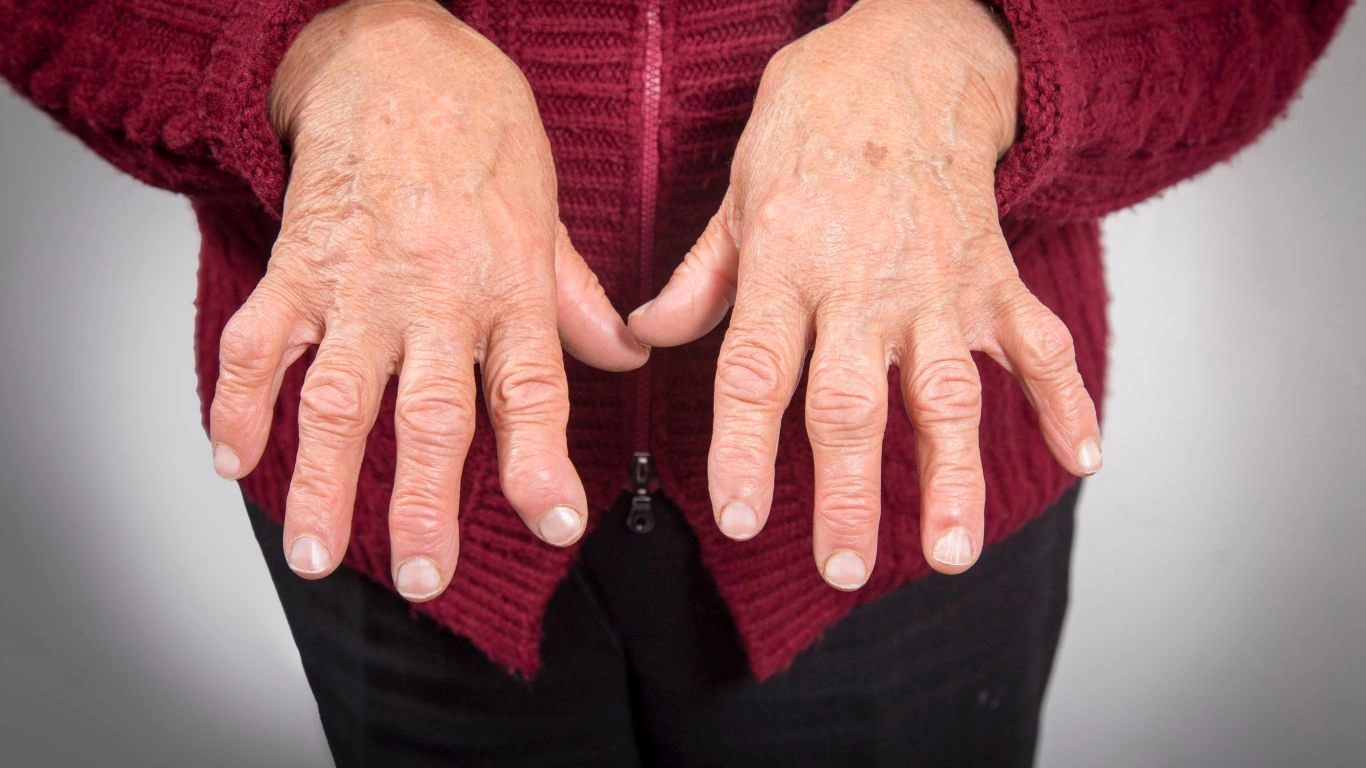
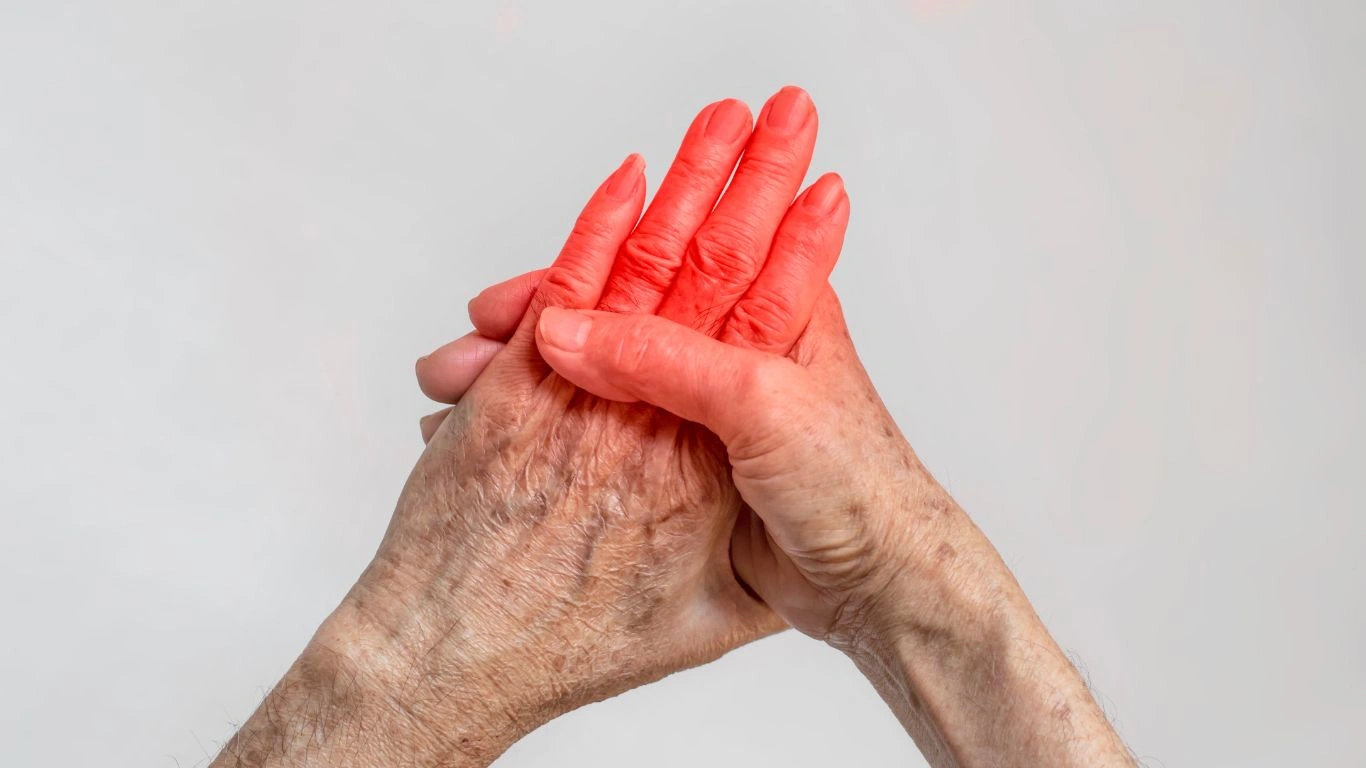 Best Post-Workout Recovery Tips for Arthritis
Best Post-Workout Recovery Tips for Arthritis Nutrition That Supports Recovery (and Your Joints)
Nutrition That Supports Recovery (and Your Joints) Supplements That Actually Help (and Which to Skip)
Supplements That Actually Help (and Which to Skip)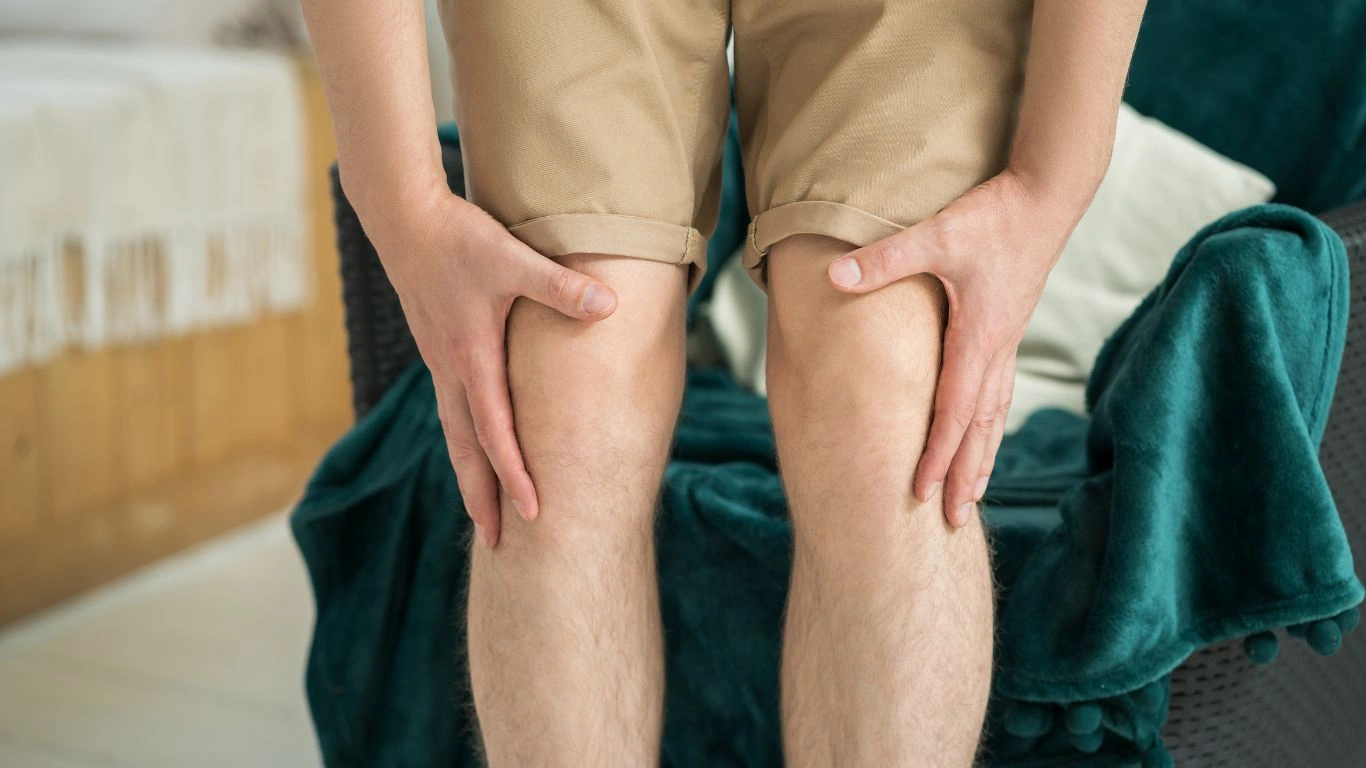 Track Your Body’s Patterns (Seriously, It Helps)
Track Your Body’s Patterns (Seriously, It Helps)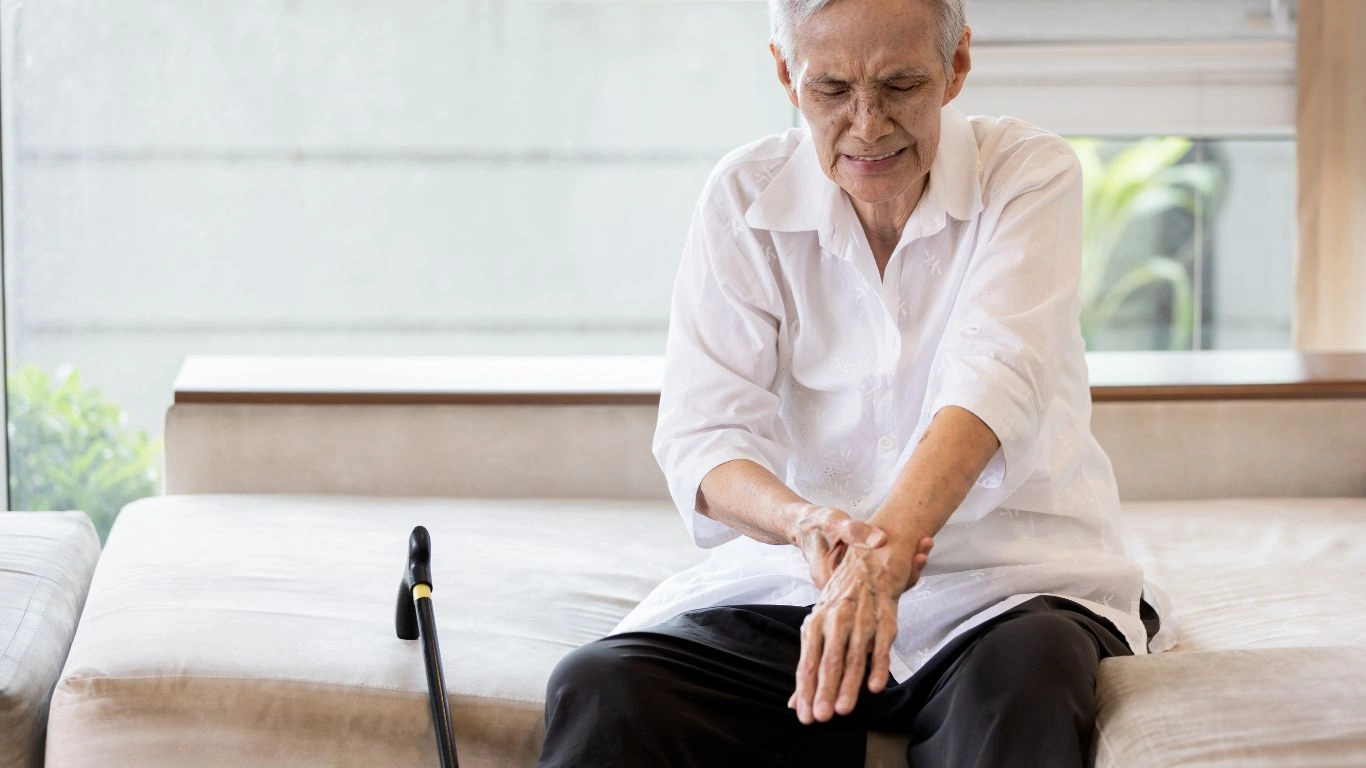 Make Recovery a Lifestyle, Not Just a Phase
Make Recovery a Lifestyle, Not Just a Phase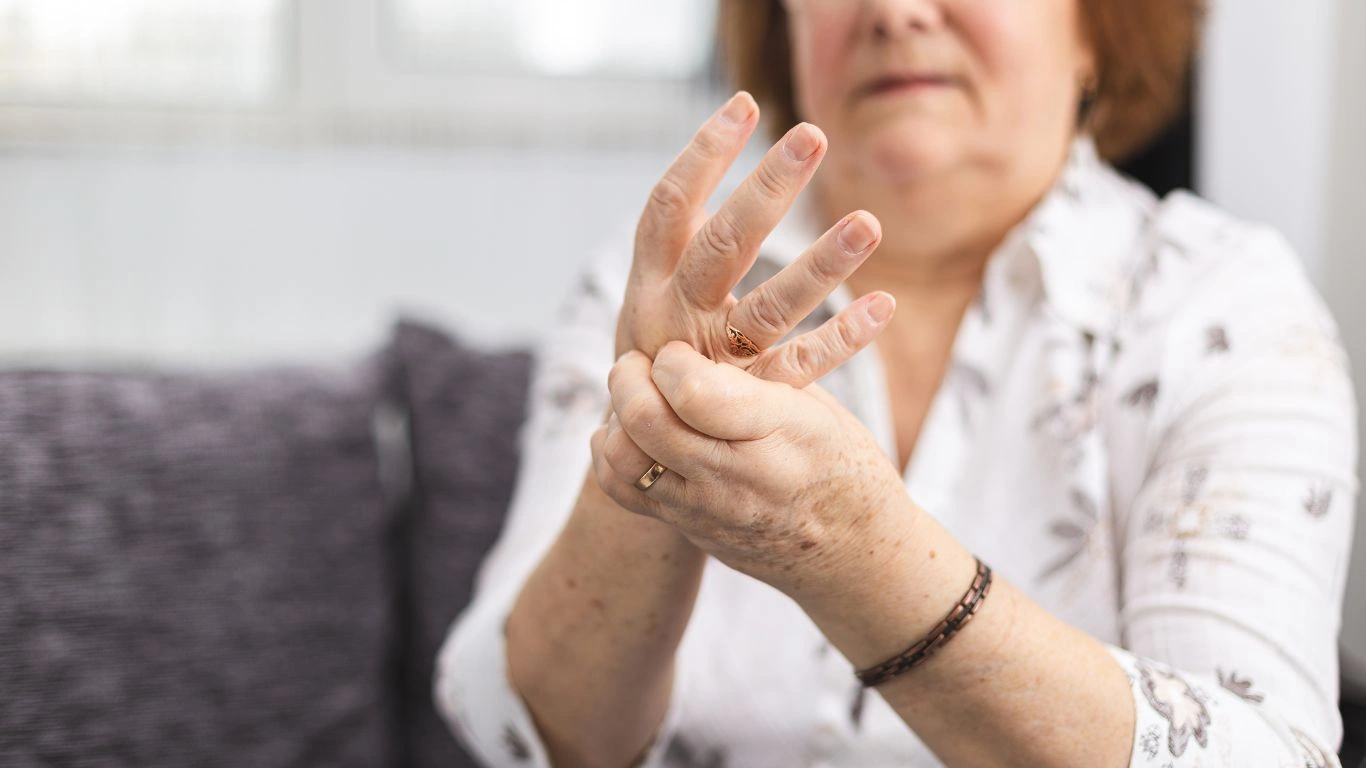 Tools & Gadgets That Are Actually Worth It
Tools & Gadgets That Are Actually Worth It